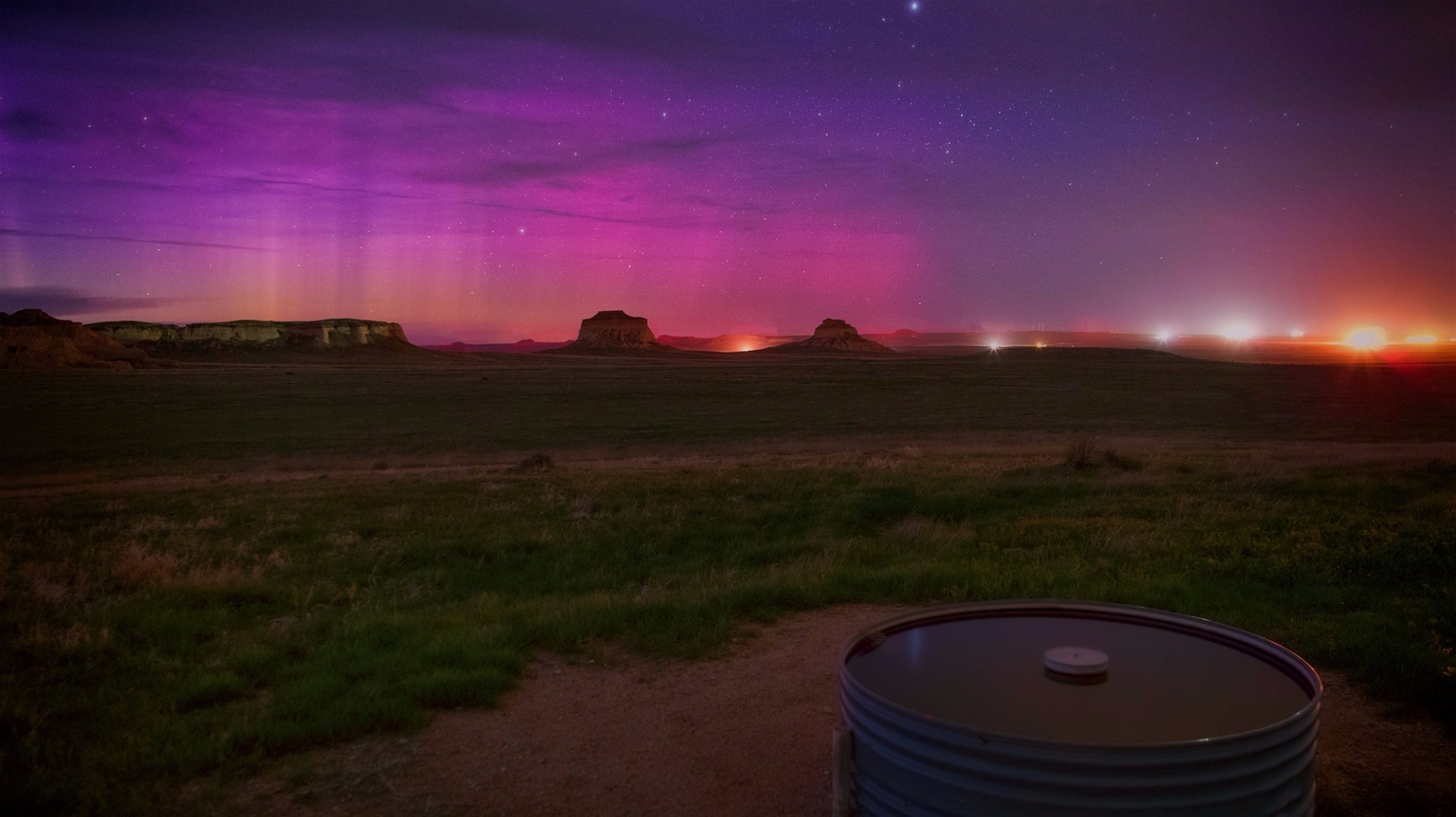Imagine if the pollution was so bad around Colorado that you could only see a little bit of the mountains.
Bet you wouldn't like that.
We're not dealing with that now, but let's change the perspective.
Look up.
Light pollution is partially blocking the night sky in Fort Collins, essentially meaning the lights we use overpower the stars.
"We're missing out on a lot of the sky. You can't see the Milky Way easily. You can't see any of the Denver stars. You don't have to go far to see the difference," Andy Caldwell, an astronomy professor at Front Range Community College.
In fact, Caldwell says the difference is obvious on the east and west parts of town. On the west side, stargazers can see up to Magnitude 4 level stars. To put that science speak in perspective, the lower the level, the brighter the star. People can see stars as dim as a 7 with a naked eye. Caldwell says the stars are clearer on the east part of Fort Collins, and overall, Fort Collins isn't considerably clearer than Denver.
"In Fort Collins, on a good night, you can see a few hundred stars, maybe," Caldwell said. "And at Black Canyon of the Gunnison, thousands of stars. You can see at least two to 4,000 stars on a good night."
City managers want to take Fort Collins back to the dark side, Ginny Sawyer told us. She's the project and policy manager in Fort Collins.
She, and a team of about a dozen people, is working to figure out best practices that will work for their city. The team is made of city staff, staff from natural areas, and organizations like law enforcement, who can recommend which lights are safe to remove.
Fort Collins knows more people will continue to move there, and therefore more light will be added to the sky.
Photos: The night sky in Colorado
New buildings have been required to have International Dark-Sky Association seal of approval on their lights since 2012. The team isn't trying to push through any new laws right now, but they will recommend policies after further research, Sawyer said. Mostly, the goal now is educating people, exploring new technology and presenting new concepts to the city.
Caldwell says businesses and homeowners can start the process on their own, by turning off unnecessary lights, turning off porch lights, using fixtures that direct the light down and reducing blue light.
"If you're looking under light polluted skies, it's almost impossible to make (the Milky Way) out. You look at it under dark skies and it just pops," Caldwell says.
Scientists know the obstruction is caused by light and not by "standard" pollution because the view varies so significantly by neighborhoods where lights are different.
Places like Boulder and Castle Rock already have light pollution ordinances, but only a handful across the country are considered "dark sky certified." Westcliffe and Silver Cliff, Colo. are among them.
The Dark Sky Association says reducing light pollution can also help our health and various ecosystems.
The light pollution initiative is under the umbrella of the Nature in the City Strategic Plan in Fort Collins.
By the way, Caldwell's favorite places to see the night sky are Kiowa, South Park and Pawnee Buttes.


